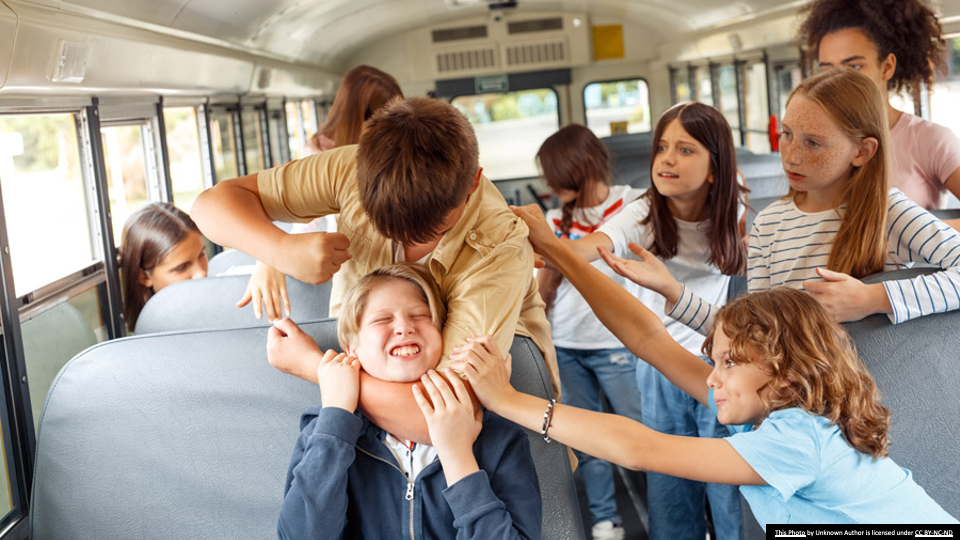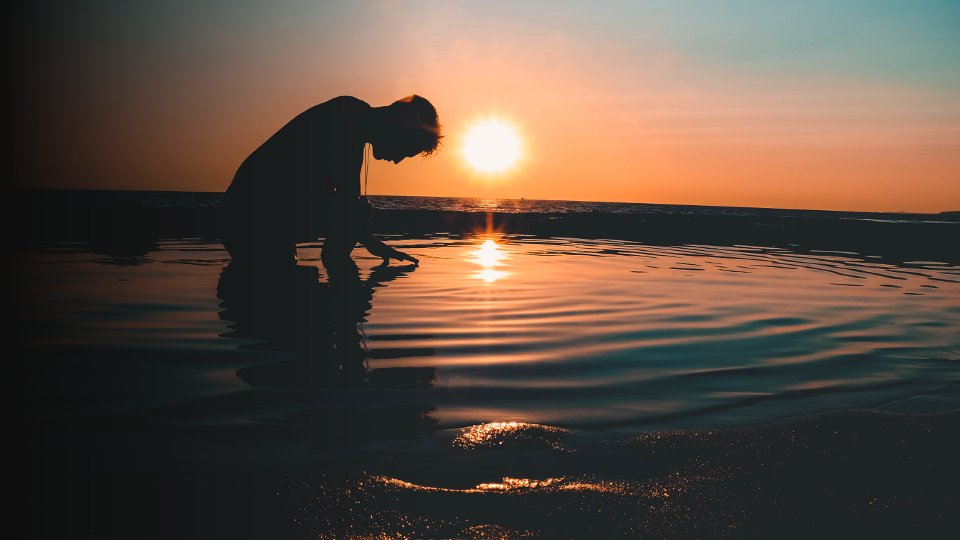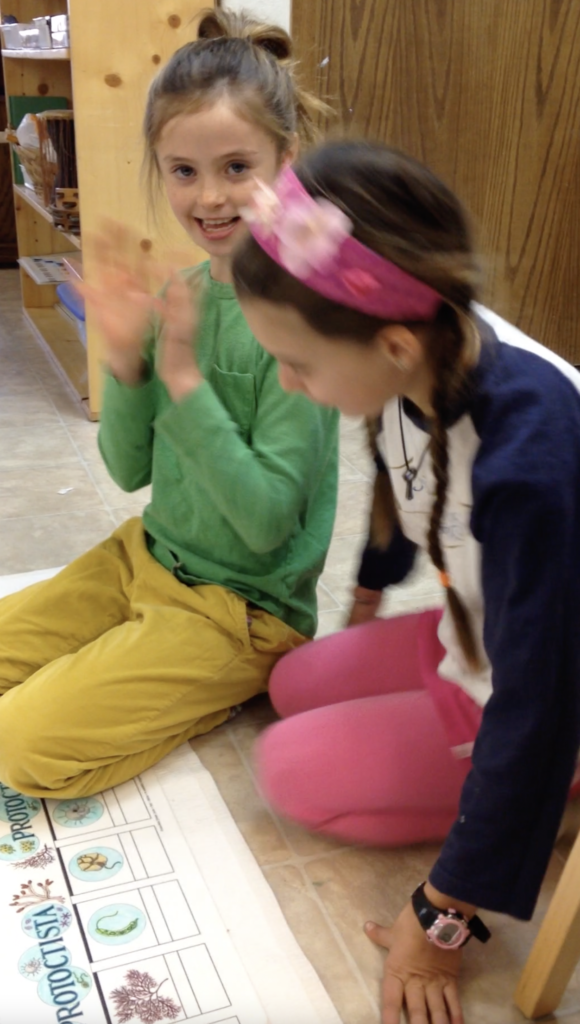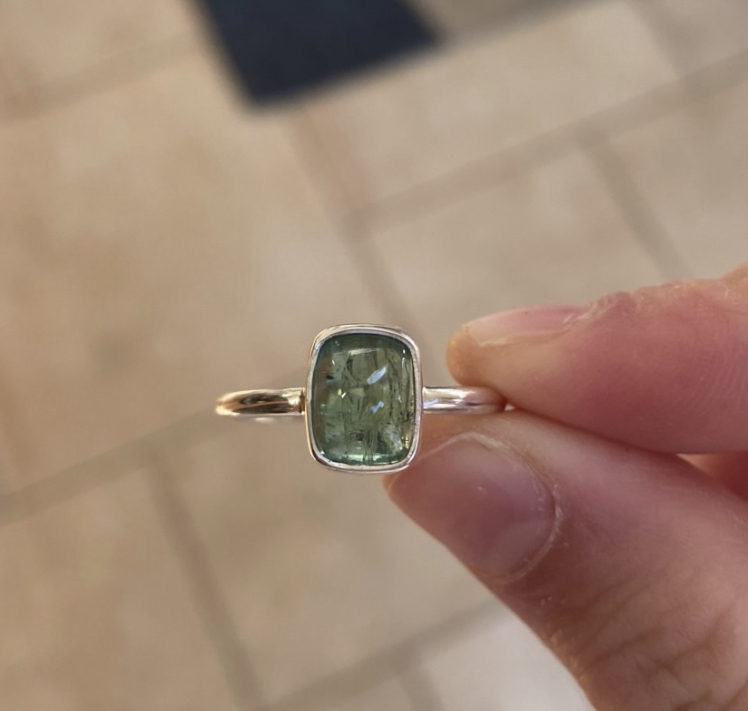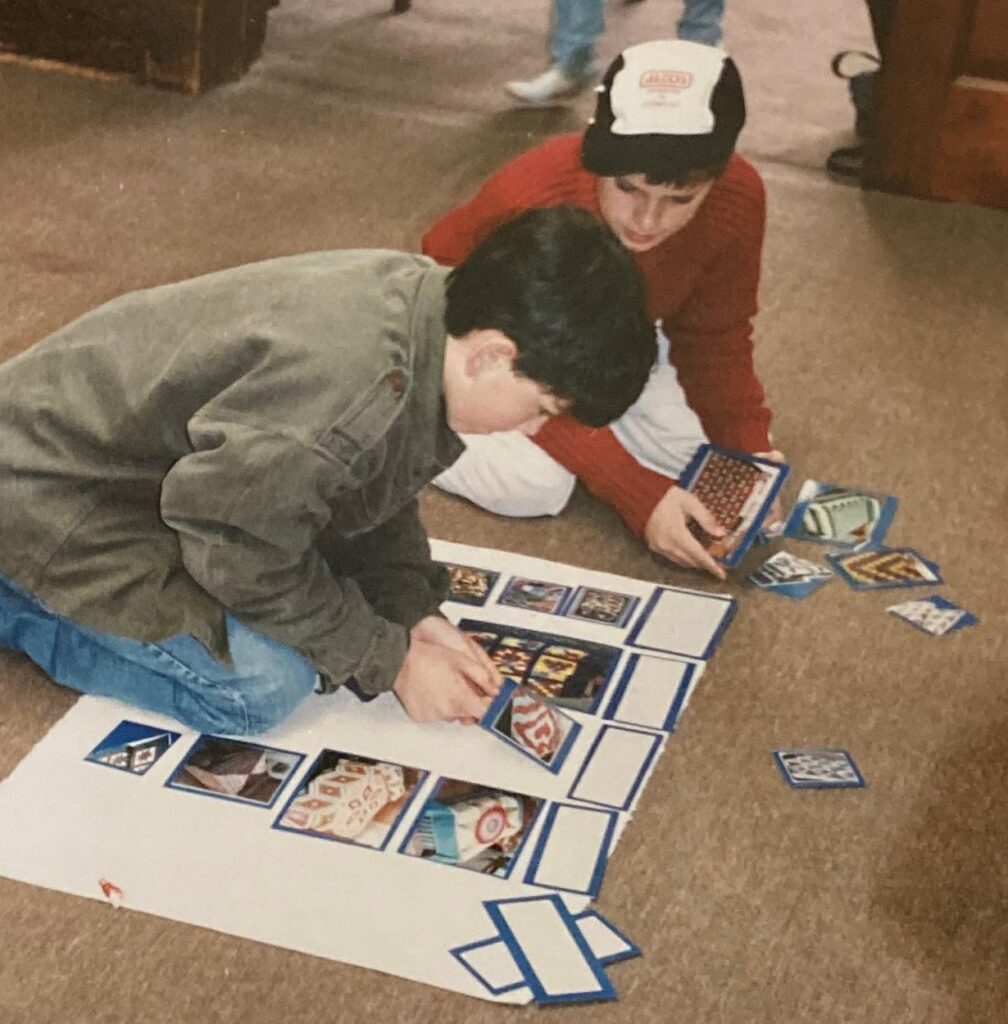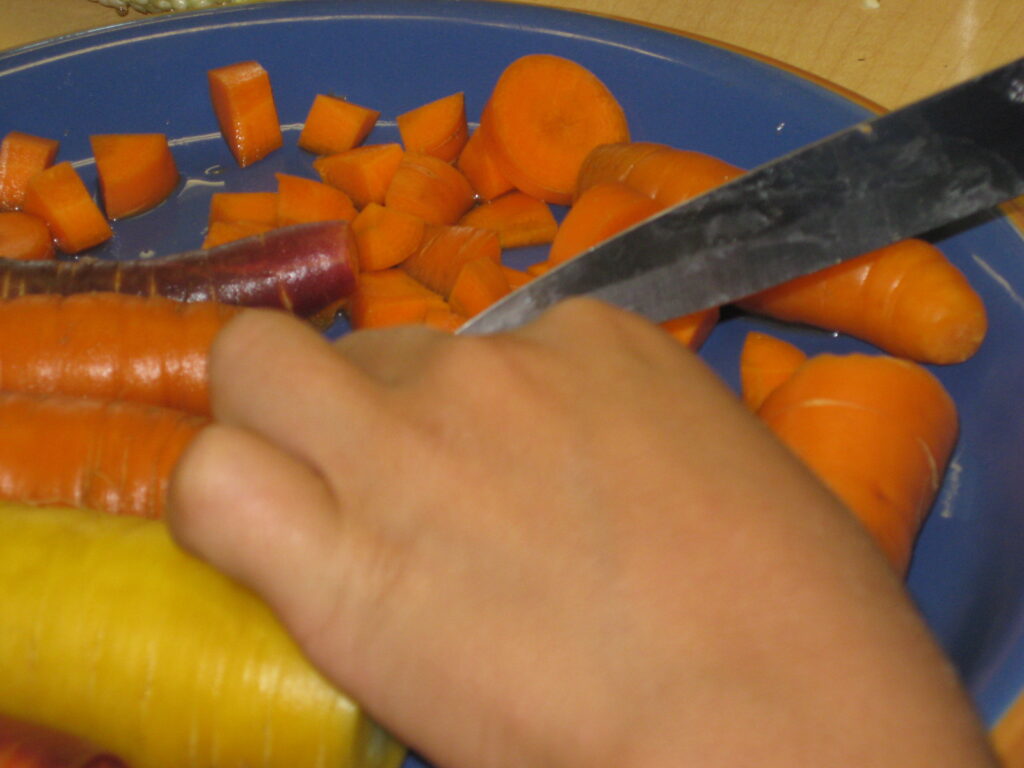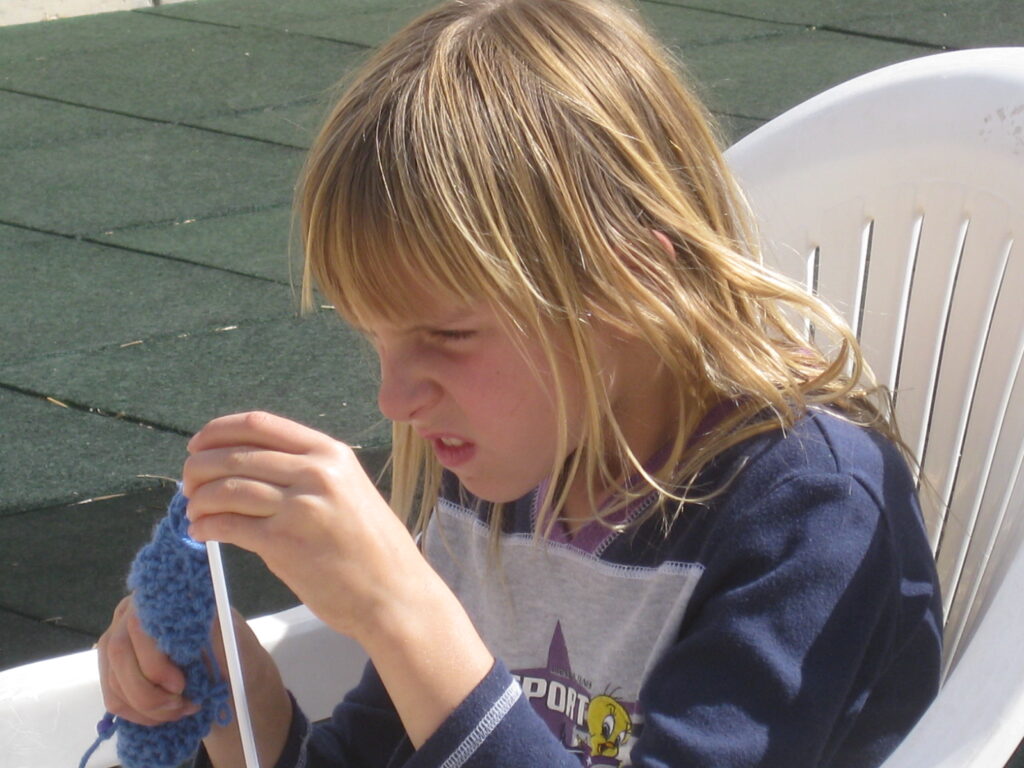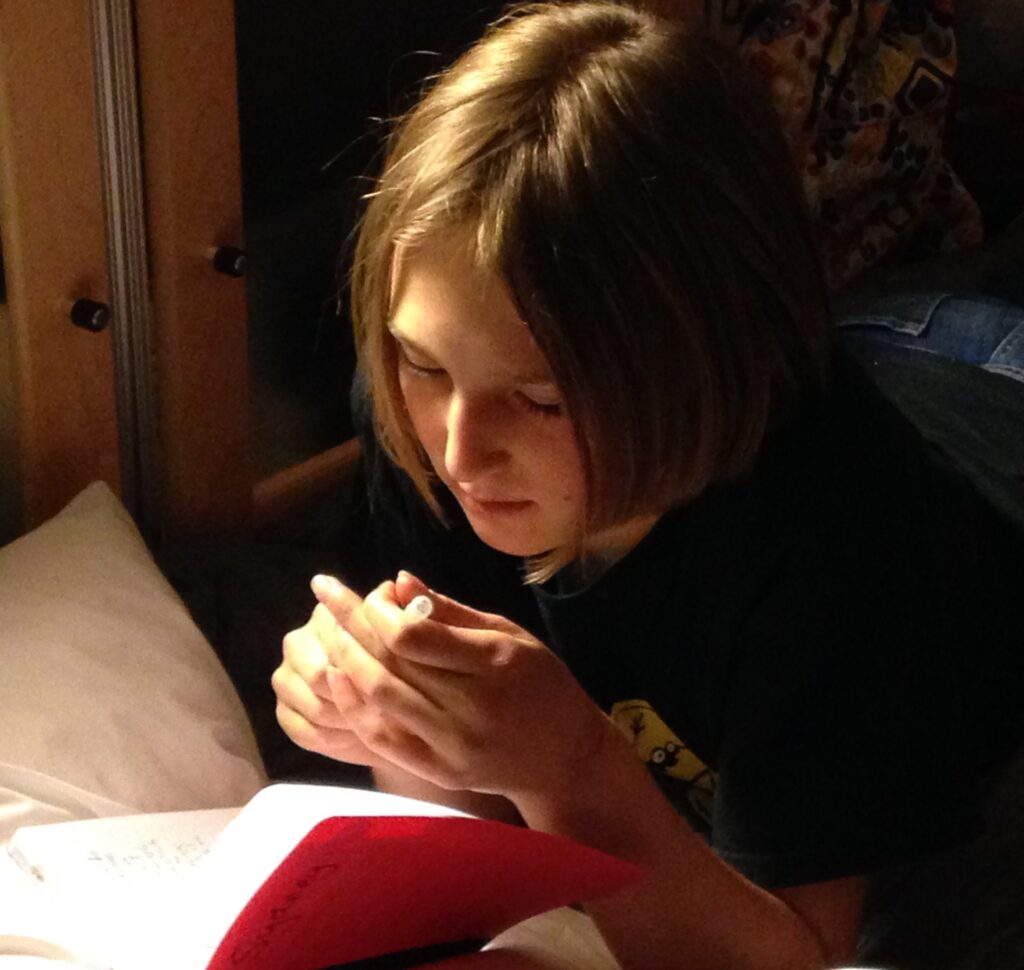“He does not climb on chairs in order to sit on them, but just for the sake of climbing.”
Meandering through a day-to-day existence of “to do lists” and “purpose-driven activity” how much time can we set aside for “doing” for the sake of “doing” or “being” for the sake of “being”?
The last few weeks have been filled with the usual busy-ness of things to accomplish, but I’ve made some changes that are healing my heart and allowing me to breathe a little easier. Being a teacher to my core, I want to share what I’ve been “learning” in hopes that there might be a little tidbit or two that would lift you up this spring.
1. Love Your Feral Feline
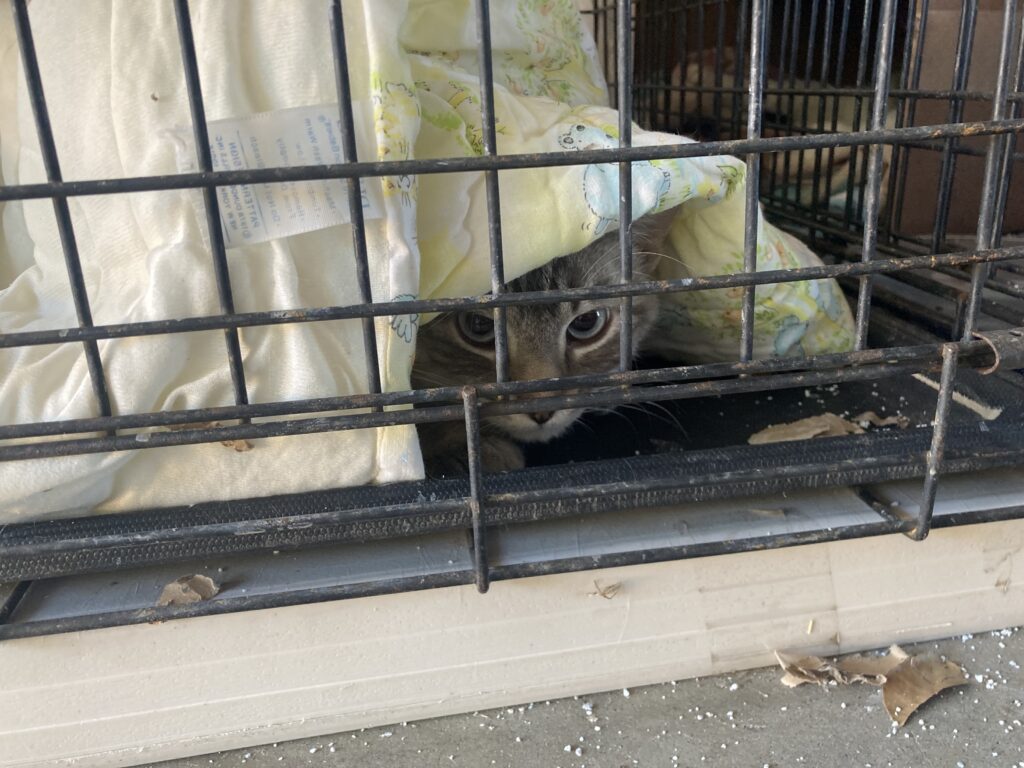
As funny as this may seem, I found LYFF as a solution to a big problem we have had this winter: mice and pack rats EVERYWHERE! They’ve been making a mess under our macadamia nut trees and getting to the nuts faster than I can, but when they started to find their way to our attic, I needed a solution. Voila! A couple of feral felines.
These rescued felines have brought more joy than I’d ever imagined. No, they will never be indoor or lap kitties, but they are still showing the love. Our Mr. Burrow, aptly named for his antics rearranging his temporary cage and hiding under the blankets with just a little peak out to make sure we were minding out own business, brought us a gift lizard within 24 hours of his freedom. Thank you, Mr. B! Nothing says I love you quite like this!
Kidding aside, the feral kitties are reminding me that they have their very own way of connecting to us. It’s not like a pet exactly, but they can show their love, too! They remind me that having specific expectations and desires (for our children, our students, our relationships) can keep us from receiving their “gifts freely given.”
2. Plant a tiny garden.
When a new visitor to our home remarked that I love plants, I was a little surprised. I’ve gotten so used to their being everywhere, I’d become desensitized to how they fill every room with life. Springtime, even in Southern California, is the time to get new plants going, so our curiosity about creating permaculture around our avocadoes has us both pulling on the garden gloves and opening up new spaces. With my new little garden space, I’ve gained daily “30-minutes-at-a-time” relief from hours at the computer, a few sore muscles that needed waking up, and the pleasure of new fruits, veggies, and flowers soon to arrive.
Every day is an opportunity to invest a few minutes toward the future. Just this morning, I placed 6 catnip plants into an area where I spied Mr. Burrow stalking the birds who were way too quick for him. I’m hoping these plants will spread like their mint counterparts and fill the space so he and Violet, our other super-shy feral feline, can roll themselves into herbal bliss.
These rescued felines have brought more joy than I’d ever imagined. No, they will never be indoor or lap kitties, but they are still showing the love. Our Mr. Burrow, aptly named for his antics rearranging his temporary cage and hiding under the blankets with just a little peak out to make sure we were minding out own business, brought us a gift lizard within 24 hours of his freedom. Thank you, Mr. B! Nothing says I love you quite like this!
Kidding aside, the feral kitties are reminding me that they have their very own way of connecting to us. It’s not like a pet exactly, but they can show their love, too! They remind me that having specific expectations and desires (for our children, our students, our relationships) can keep us from receiving their “gifts freely given.”
3. Naptime for grown-ups…take a midday rest break.
When I was still spending my days at school, I learned to take a midday break by walking up and down the hill nearby, visiting the tiny park on the corner, or simply pausing to sit with the preschoolers at play.
Now that I’m “retired” and spending most of my hours at home behind a computer, I still remind myself (with a timer if needed) that taking breaks to step away from the thoughts, the screen, and the to-do-lists rejuvenates my brain and lightens my soul. Sometimes that little break can just be stepping outside the room or shifting to my knitting for a few minutes.
Dr. Montessori reminds us: “The child gives us a beautiful lesson – that in order to form and maintain our intelligence, we must use our hands.”[1] Spending time with handwork is much more than a physical break or channel change: it’s a change in our brain brought about by a very different kind of mental activity.
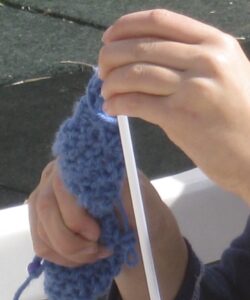
4. Learn something new…just for the sake of learning.
Connect with the experience of “new” learning! But don’t be surprised if learning something new turns out to be more of a challenge than a gift. When the pandemic caused so many of us to shift our lives around, what new learning did you face? Were you frustrated? Scared? Exhausted? Learning all the new things and making those adjustments were tough for many.
The upside, when we choose to put ourselves in the context our students face every day, is that we can gain insights to their experiences. A new perspective of how it feels to try and fail, or to persevere and eventually succeed can invigorate our belief in Learning for Life, the very motto of Montessori that lit an unexpected fire in me.
5. Do nothing…
Eckhardt Tolle reminds us that doing and thinking nothing can be as simple as asking ourselves if we have time to take one deep breath. We always do…and if we think we don’t, well, we definitely need to do some learning!
Doing nothing, stopping my thoughts, was much harder, but E.T. offered a great tip for this, too: Say to yourself, “I wonder what my next thought will be.” Try it! When you stay focused on wondering about what’s to come, you can really be free in the moment…a freedom that will rejuvenate you for your next joyful step into learning something new for your life!
[1] The 1946 London Lectures, pg. 153.



